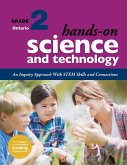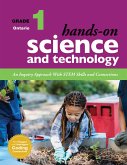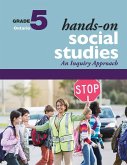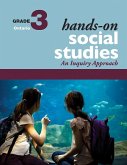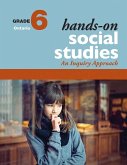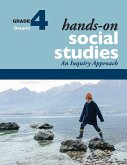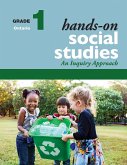Hands-On Science and Technology for Ontario, Grade 3 is an easy-to-use resource for teaching the five strands of the Ontario science and technology (2022) curriculum:
- STEM Skills and Connections
- Life Systems: Growth and Changes in Plants
- Matter and Energy: Forces and Motion
- Structures and Mechanisms: Strong and Stable Structures
- Earth and Space Systems: Soils in the Environment
- fosters students' understanding of STEM (science, technology, engineering, and mathematics) skills
- makes coding and emerging technologies approachable for both teachers and students
- emphasizes personalized learning using a four-part instructional process: activate, action, consolidate and debrief, enhance
- relates science and technology to sustainability and our changing world, including society, the economy, and the environment
- focuses on practical applications of the engineering design process as students work on solutions to real-life problems
- builds understanding of Indigenous knowledge and perspectives specific to Ontario
- explores contributions to science and technology by people with diverse lived experiences
- plugged and unplugged coding activities in nearly every lesson
- land-based learning activities
- opportunities for students to use the scientific research process, scientific experimentation process, and engineering design process
- a fully developed assessment plan to guide assessment for, as, and of learning
- ideas and prompts for STEM Makerspace project
Dieser Download kann aus rechtlichen Gründen nur mit Rechnungsadresse in A, D ausgeliefert werden.



